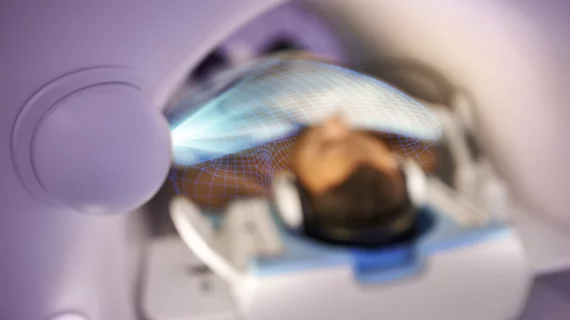Greater myocardial tissue damage seen in STEMI patients during COVID-19 pandemic
MRIs of STEMI patients during the COVID-19 pandemic revealed substantial increases in infarct size, microvascular obstruction (MVO) and intramyocardial hemorrhage (IMH), related to major public health restrictions, according to new data published in the European Heart Journal.
The authors sought to gain a better understanding of how the COVID-19 pandemic and public health restrictions impacted infarct severity.
They recorded reductions in admission rates and catheterization laboratory activity as well as delays to reperfusion, which may have contributed to higher mortality rates during the pandemic.
“We observed a larger infarct size, more extensive MVO, and a higher rate of IMH as well as a lower GLS and LV ejection fraction during times of severe public health restrictions due to COVID-19 waves in 2020,” wrote lead author Ivan Lechner, MD, with the University Clinic of Internal Medicine III, cardiology and angiology, Medical University of Innsbruck, Austria, and colleagues. “These findings were consistent when comparing STEMI patients admitted during times with major COVID-19 burden in 2020 with patients admitted during the same times between 2015 to 2019. Given that myocardial infarct severity determined by cardiac MRI strongly determines short- and long-term prognosis after STEMI, these findings may not only explain a part of the rise in cardiovascular deaths during the pandemic, but also suggest significant cardiac collateral damage for the future.”
In the analysis, 548 patients were evaluated between 2015 and 2020.
Data was from the (MARINA-STEMI) cohort study.
Following the exclusion of 74 patients (13.5%), 474 patients in total, were analyzed.
Thirty-two percent of patients were women, and the mean patient age was 59 years old.
Among the patients who were included in the study in 2020, 48 (32%) were admitted when major public health restrictions were in place while 101 (68%) were admitted outside those time frames.
Overall, there were a total of 124 patients included during the corresponding time frames (for major restrictions in 2020) between 2015 and 2019.
The authors found that patients who were admitted during times of major public health restrictions in 2020 had a substantially larger infarct size 22 vs. 14 of left ventricular myocardial mass (LVMM), compared with patients admitted outside major restrictions.
In addition, a considerably larger infarct size 22 vs. 16 of LVMM, and larger extent of microvascular obstruction (MVO) 1.5 vs. 0.3 of LVMM, with a higher frequency of MVO (77%) vs. (53%), and intramyocardial hemorrhage (IMH) (56%) vs. (35%), was seen in patients who were admitted during the pandemic compared with those admitted in ‘pre-pandemic’ times.
The authors concluded that while further investigation is warranted for a better understanding of the full impact of COVID-19 for patients with STEMI, data from the study suggest worse short-and long-term outcomes in these patients.
